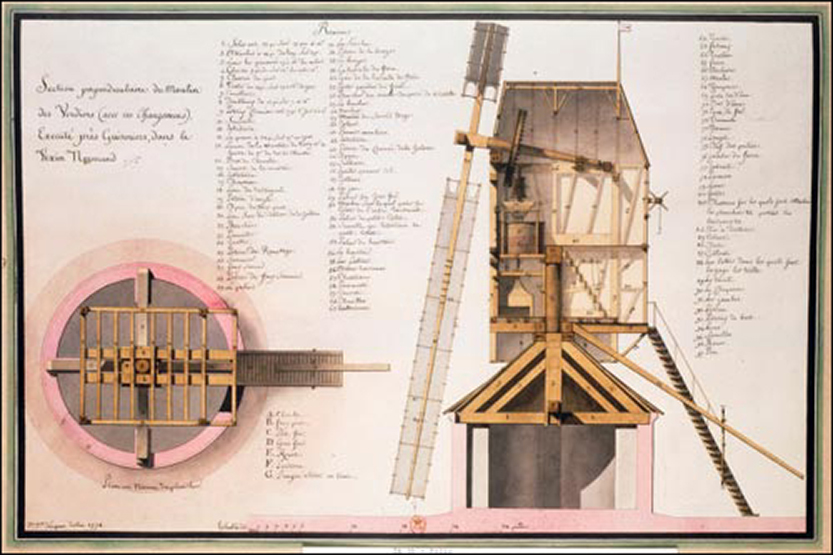
Should You Build Your IoT Solution or Buy it?
Heard recently on the web: Should you build your own Internet of Things (IoT) or buy it?
As you might expect, the question (and the answer), sponsored by an IoT platform vendor, were self-serving.
Earlier today, I received a note about a research that maintains that more than a 100 new IoT “platforms” have entered the marketplace in the past 12 months alone, fueling fast growth that will exceed $1.5 billion by 2021.
Which makes no sense whatsoever.
If you ask this build-vs-buy question, and, even more so, if you venture to answer it, you may be looking at the Internet of Things the wrong way. Asking this question indicates that you focus on connecting sensors and device to the Internet instead of on the business value of the IoT, which is realized at the opposite end of the technology stack: Not at the sensors level, but at the level where data is aggregated and analyzed, and is used to drive business decisions.
IoT as an Ecosystem
The powerful concept behind IoT-centric business solutions is that connectivity enables the aggregation of multiple information sources to create a broader and richer context to support decision optimization. It is the foundation of new operating models and novel business engagement paradigms. An example I often use to demonstrate this idea is of connected vineyards, which I describe in greater detail in my book The Outcome Economy: How the Industrial Internet of Things is Transforming Every Business. I like this example because it’s a bit different and does not have the cachet of those impressive but hard to reach “power by the hour” use case examples, yet epitomizes the spirit of the IoT. Here is a quick recap:
A network of wireless sensors provides a continuous stream of information about the conditions in a vineyard, such as soil and ambient humidity and temperature. At the back end, this information is combined with public weather forecast to create an optimal irrigation schedule that minimizes water evaporation. But that’s not all. The local conditions at the vineyard and long-term weather data are joined with a university database of pests and diseases and regional observations of pest and diseases. This data aggregation and predictive algorithms are used to prescribe an optimal preventative spraying regimen that is highly effective yet reduces damage to the environment.
What is an “IoT Platform”?
An IoT “platform” isn’t simply a software architecture. A platform-centered strategy creates an environment, a “place,” and, yes, there’s also some software, for ecosystem participants to collaborate in order to deliver a business solution. A platform defines not only how IoT devices and software modules are stitched together, but, as importantly, it facilitates the relationships and process governance among participants: business process orchestration, workflow and coordination, data exchange, and so forth.
Of course, you still need to establish connectivity with the devices and data repositories that provide these information streams. However, device connectivity and wireless communication are being standardized and commoditized at a fast pace. Practically all modern products are Internet enabled; companies can choose from a range of wireless carriers, MVNOs and cloud providers; and device integration will only get easier over time, diminishing the ability of those platform providers that focus on connectivity to demonstrate competitive functional differentiation. Those will find themselves compete on price bundling.
So, Should You Build Your IoT Solution or Buy it?
An IoT-based business solution must orchestrate multiple information producers and consumers. It should synthesize data not only from multiple IoT “things,” but also from other inter- and intra-enterprise business data repositories that are typically managed by the organization’s ERP, PLM and CRM systems. Furthermore, in the hardware-centric discussion of IoT platforms, many neglect to consider the business-critical information generated by “human sensors” in social media and web discussion groups.
Therefore, the question should be not whether your preferred IoT platform can connect a sensor to the cloud. The question should be: does the platform provide a foundation to create a flexible and scalable ecosystem of information producers and consumers and the appropriate data aggregation, analytics and decision support.
Image: Jean-Jacque Lequeu
